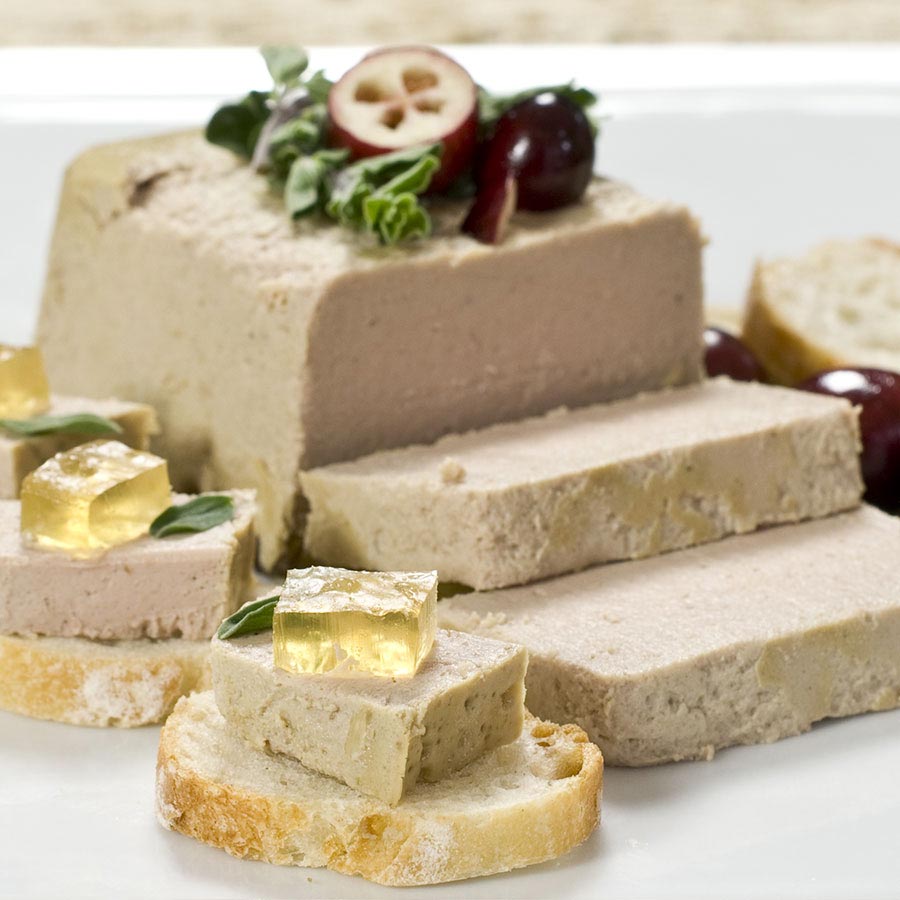
In French, Pâté means a paste, pie or loaf consisting of a forcemeat that at least contains liver. Common additions include ground meat from pork, poultry, fish or beef, fat, vegetables, herbs, spices and either wine or brandy. Pâté can be served either hot or cold, but it is considered to develop its best flavors after a few days of chilling.
ASSEMBLING OF PATE:
- OILING OF MOLD
- FOLDING OF DOUGH
- DROPING OF DOUGH INTO MOLD
- UNFOLDING OF DOUGH
- FILLING OF MOLD WITH WELL CHILLED FORCEMEAT
- TRIMMING EXTRA SIDE FLAPS OF DOUGH
- EGG WASH OF DOUGH COVERING THE TOP OF THE PATE
- PREPARING OF CHIMNEY AND INSTERING IN PATE
Methods for preparing pâte will vary depending on the style, but most recipes start by hand-chopping the meat, which is less likely to damage the meats’ existing fat cells. (A meat grinder is also an option, but using a food processor tends to give pâté a mushy texture.)
Once the meat is prepped, it’s mixed with flavorings, such as herbs, spices, garlic, sautéed shallots, wine, cognac, or brandy (such as Armagnac). The mix will sometimes include a panade (a paste made of bread, flour, or rice) or a beaten egg to help bind the meat together.
Once the meat mixture is complete, it’s then transferred to a terrine lined with sheets of fatback or bacon, and cooked in the oven in a water bath (bain-marie), or sous vide, using an immersion circulator.
Pâté is often sold by the slice and eaten cold; on bread or as part of a charcuterie board with mustard, jam, and pickled vegetables such cornichons; or with a simple vinegary green salad. It can be served as an appetizer alongside a vinegary green salad, or spread on a baguette for lunch, such as in Vietnamese banh mi sandwiches.
COOKING OF PATE:
- BROWNING STAGE
- COOKING STAGE
- FINISHING PATE
